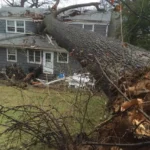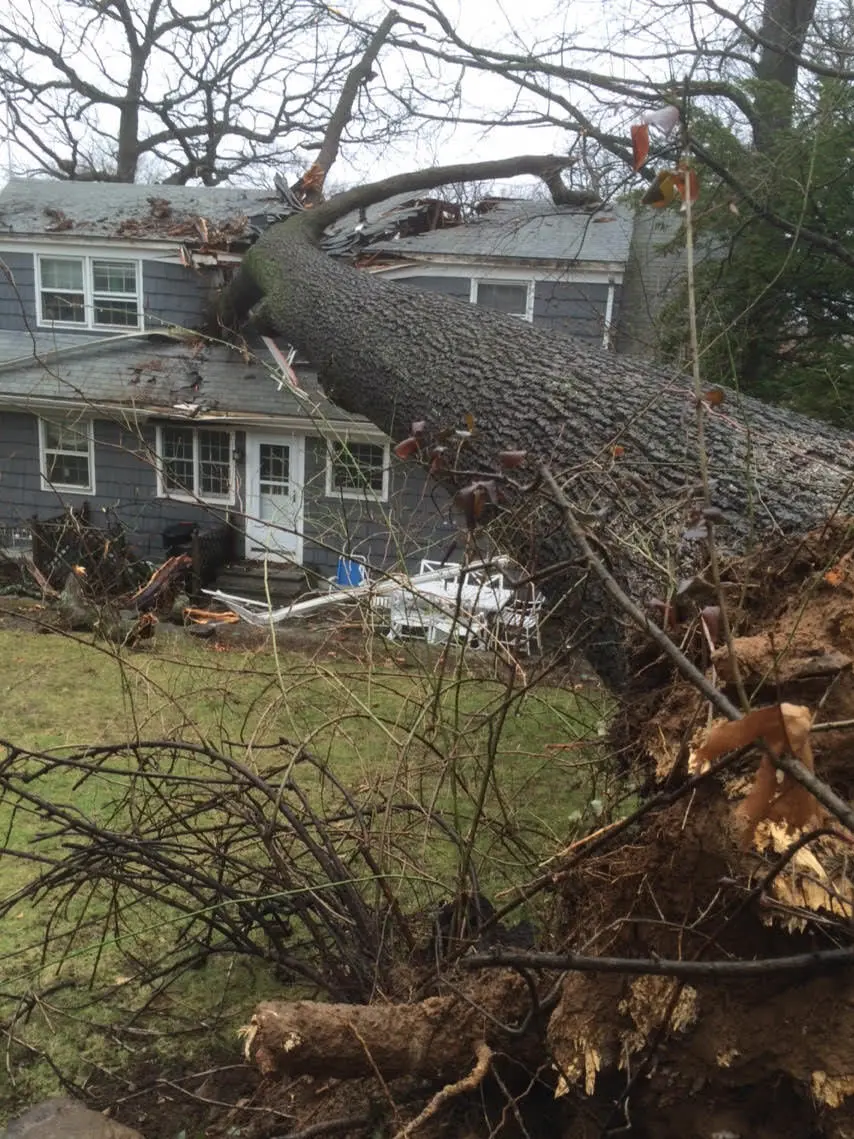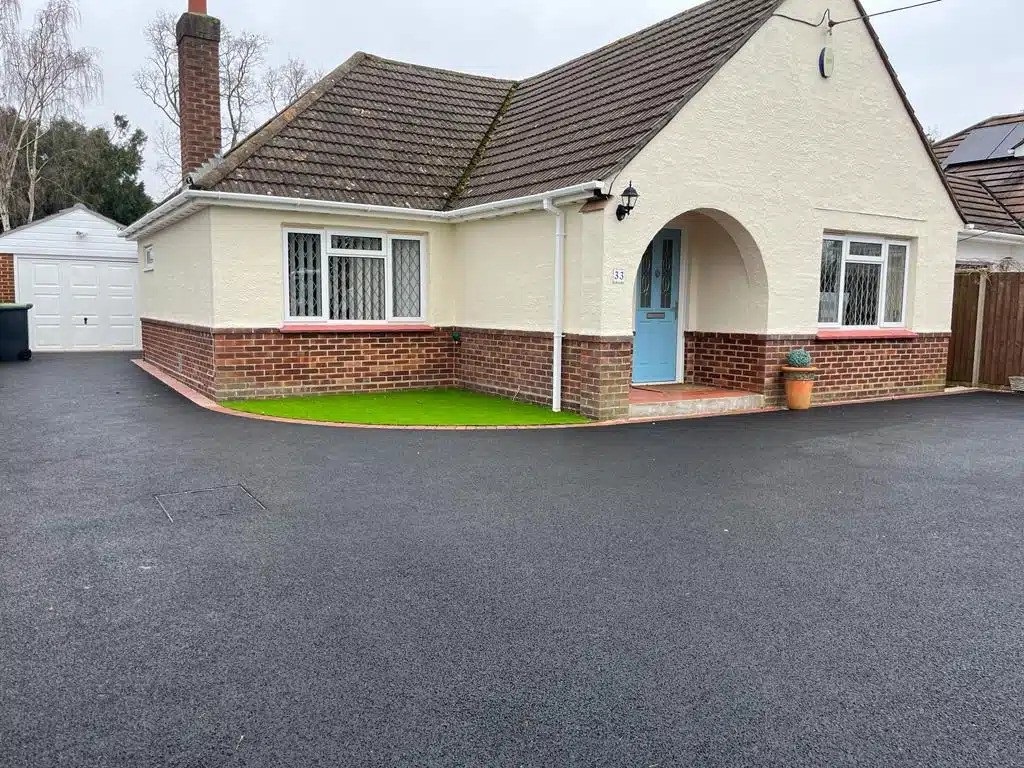Have you ever found yourself standing in front of your home, feeling overwhelmed by the damage caused by an unexpected disaster? It’s a scene nobody ever wants to experience, yet natural disasters like storms, floods, fires, or earthquakes can happen when you least expect them, leaving you with the daunting task of restoring your beloved home. But how do you even begin to tackle such an enormous challenge?
Let’s discuss some practical steps you can take to manage unexpected home restoration after a disaster, so you can transform your damaged property back into a comfortable and safe space once more.
1. Take a Deep Breath and Assess the Situation
The first step in handling any disaster is to stay calm and assess the situation. It’s easy to feel overwhelmed by the extent of the damage, but taking a moment to collect your thoughts will help you think more clearly. Start by asking yourself some key questions:
- Is everyone in my household safe?
- Is it safe to enter my home, or are there risks of structural damage, electrical hazards, or gas leaks?
- Do I need to contact emergency services or my insurance company?
Your safety and the safety of your loved ones should always be your top priority. If there’s any doubt about whether your home is safe, it’s best to wait for professional help before venturing inside.
2. Contact Your Insurance Company
One of the most crucial steps in the home restoration process is to notify your insurance company as soon as possible. Why is this so important? Because your insurance provider will guide you through the claims process and help cover the costs of repairs, depending on your policy.
Here’s what you should do:
- Document the damage: Take photos and videos of every affected area in your home. This will serve as valuable evidence when filing your insurance claim.
- Create a detailed inventory: List all damaged items, including furniture, appliances, electronics, and personal belongings. Be as thorough as possible, as this information will be needed for your claim.
- Keep records of all expenses: Save receipts for any temporary repairs, lodging, meals, or other expenses incurred as a result of the disaster.
By providing accurate documentation, you’ll increase your chances of receiving a fair settlement from your insurance company, which can significantly ease the financial burden of home restoration.
3. Prevent Further Damage
While waiting for professional help, it’s essential to take action to prevent additional damage to your property. For example:
- Cover broken windows with plastic or plywood: This will protect your home from rain, wind, or unwanted pests.
- Tarp any damaged sections of your roof: This temporary measure can prevent water from seeping into your home.
- Turn off the electricity and gas supply: If you suspect any electrical or gas-related issues, it’s safer to turn off the supply to avoid accidents.
Remember, your goal here is to prevent further damage, not to perform full repairs yourself. Always prioritize safety, and avoid doing anything that could put you or your family at risk.
4. Hire Professional Restoration Services
Once you’ve contacted your insurance company and taken steps to protect your home, it’s time to bring in the experts. Home restoration is a complex process that often requires specialized knowledge and equipment, especially after a significant disaster. So, how do you choose the right professionals?
For anyone facing the aftermath of a disaster, home restoration in Anderson, SC is made seamless with the expertise of PremierConstructionandRestoration.com. Their exceptional service ensures your home is restored to its original glory.
- Look for licensed and insured contractors: This ensures they have the necessary skills and qualifications to handle your restoration project.
- Check reviews and ask for references: Learn about the experiences of other homeowners who’ve worked with the company.
- Get multiple quotes: Comparing estimates from different restoration companies will help you find the best deal without compromising quality.
Professional restoration services have the experience to assess the extent of the damage, create a restoration plan, and handle the repairs efficiently. They can also work directly with your insurance company to ensure that all necessary repairs are covered.
5. Understand the Restoration Process
The restoration process can be lengthy, but understanding the steps involved can help you manage your expectations and stay organized. Here’s a general overview of what to expect:
- Inspection and Assessment: The restoration team will assess the damage to determine the scope of work and create a plan.
- Water Removal and Drying (if applicable): If your home has experienced flooding or water damage, professionals will extract the water and use specialized equipment to dry out the affected areas.
- Cleaning and Sanitizing: This step involves removing debris, dirt, mold, and contaminants from your home, ensuring it’s safe and habitable.
- Repairs and Restoration: The team will repair or replace damaged structures, such as walls, floors, and roofs, and restore your home to its pre-disaster condition.
6. Dealing with Emotional Stress and Trauma
Let’s be honest – facing home restoration after a disaster isn’t just physically challenging; it can also be emotionally draining. Losing your home or seeing it damaged can feel like losing a part of yourself, and it’s normal to experience feelings of stress, sadness, or frustration.
So, how do you cope with these emotions during such a difficult time?
- Reach out for support: Lean on family, friends, or support groups who can provide comfort and encouragement.
- Take care of yourself: Remember to eat well, get enough sleep, and engage in activities that help you relax.
- Consider professional counseling: Sometimes, speaking with a therapist can help you process your emotions and develop coping strategies.
It’s important to acknowledge your feelings and seek help when needed. Your home may be damaged, but your spirit doesn’t have to be.
7. Focus on Rebuilding and Moving Forward
While the road to recovery may seem long, try to stay focused on the end goal: rebuilding your home and life. This can be an opportunity to make improvements, redesign your living space, or create a more resilient home that’s better equipped to handle future disasters.
Ask yourself, “What can I do to make my home safer and more prepared for the future?” Consider investing in upgrades like:
- Storm-resistant windows and doors
- Flood barriers and sump pumps
- Fire-resistant roofing materials
By taking these preventive measures, you’ll not only protect your home but also gain peace of mind knowing that you’re better prepared for whatever challenges may come your way.
8. Learn from the Experience
Experiencing a disaster can be a wake-up call, reminding us of the importance of being prepared. Take this opportunity to create an emergency plan for your household, complete with:
- A list of emergency contacts
- A plan for evacuating your home safely
- A supply kit containing essentials like water, non-perishable food, first aid supplies, and flashlights
By learning from your experience, you can turn a difficult situation into a valuable lesson that helps you stay ready for any future emergencies.
Final Thoughts: You’re Not Alone in This Journey
Restoring your home after an unexpected disaster can be an overwhelming and emotional journey, but remember, you’re not alone. With the right support, resources, and mindset, you can navigate the restoration process and rebuild your home, creating a space that feels even stronger and more resilient than before.
It’s perfectly normal to feel uncertain or anxious during such a challenging time, but by taking things one step at a time and focusing on what you can control, you’ll find that you’re more capable than you might have imagined. So, take a deep breath, gather your strength, and know that brighter days are ahead.
After all, every storm eventually passes, and with determination and support, you’ll find yourself standing in your restored home, ready to create new memories and move forward.










